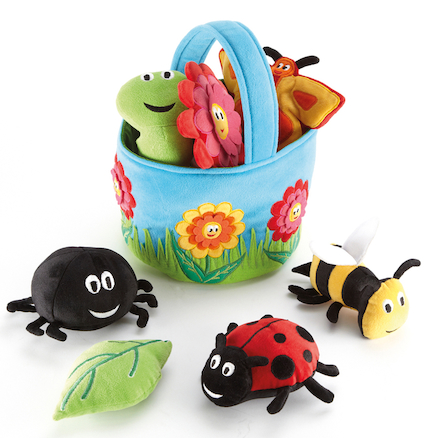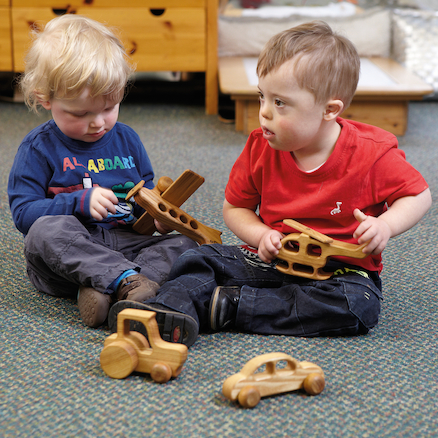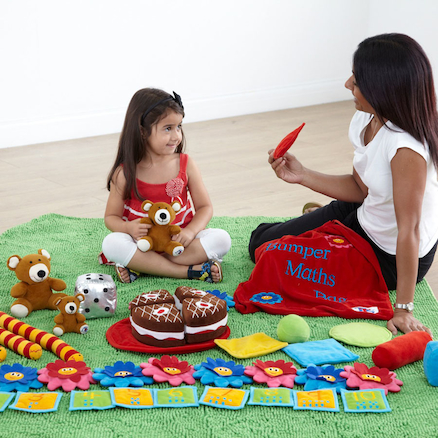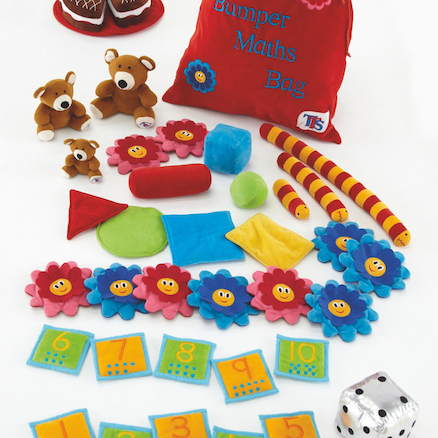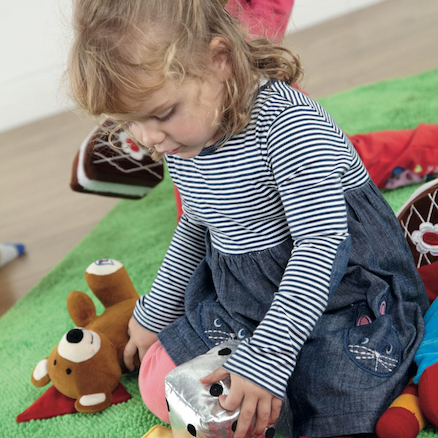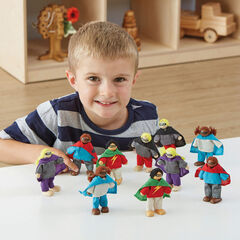The series covers the following areas:
- Listening and Attention: the most fundamental skills for learning to talk. Read Kate’s blog post on this here.
- Understanding: Once children have learnt to listen, they can start to make sense of the sounds they hear. Read Kate’s blog post here.
- Speaking: giving children reasons to talk. Speaking is often confused with other aspects of communication and language. Speaking is the way that someone communicates their ideas, requests and makes observations orally. It is described in the Early Years Foundation Stage profile as ELG 03. Read Kate’s blog post here.
- Social Development: Communication is all about interaction with other people – sharing information, making friendships, specifying the rules for play and sorting out disputes. Social development is the glue that holds good communication together. Role play (through dressing up and using a range of household items) is one way of developing interaction in an imaginary situation. It helps explore emotions that are not being experienced at the present time and helps prepare children for situations that haven’t happened to them yet. Role play is also a way of building the empathy needed for positive communications.
Familiar objects
Becoming familiar with the names for everyday objects is vital to enable children to feel in control of their environment. Once they understand object names, children can start to use these names to request their favourite toy or to draw an adult’s attention to what they are interested in.
When you are chatting with children about what they see in front of them, whether it’s a basket of bugs or books about the weather, get down on their level and really listen to what they have to say. Comment on what they are talking about, rather than directing the conversation with your questions.
Kate
Small world
In order for children to be able to understand words, they need to know that one thing can be used to represent another. A key step in this process is understanding that small world people and objects such as these wooden vehicles are representations of the real people and objects that they see around them.
Small world items can be used to develop imagination and to play out sequences of events, often narrated. Encouraging the child to lead the sequence of imagination and commenting on what they are doing with the people and objects enables children to hear the words that go with their play, so that they can do the same when they are ready.
Number, shape and colour
The vocabulary for number, shape and colour is generated through playing together with items and commenting on them as they are noticed by the child. This area of vocabulary is linked closely to mathematics.
With young children, introduce vocabulary for size and colour one at a time. So focus on ‘big’, then when they have mastered the understanding and use of this concept, try ‘little’. Or have a ‘red’ week and introduce the colour label in this week, followed by an ‘orange’ week. Introducing vocabulary this way means that children don’t have conflicting words to learn at the same time.
Kate
Meet our specialist Kate Freeman: Kate Freeman has helped us to develop this guide. She is a lead I CAN Communication Advisor, specialising in early year’s speech and language development (from birth to five). Kate is a qualified Speech and Language Therapist with over twenty years’ experience in the field of paediatrics. She carries out training courses for teachers, SENCOs, speech and language therapists and a wealth of other professionals and parents as part of I CAN’s programmes.




